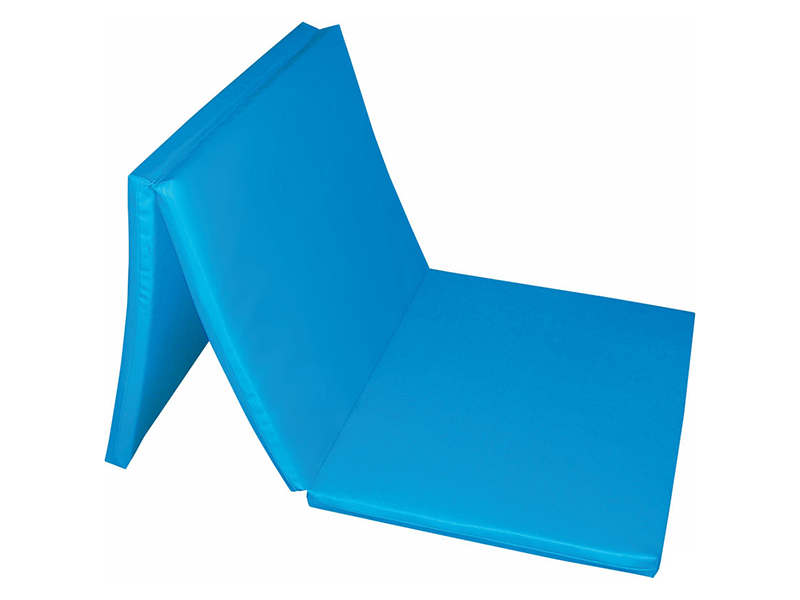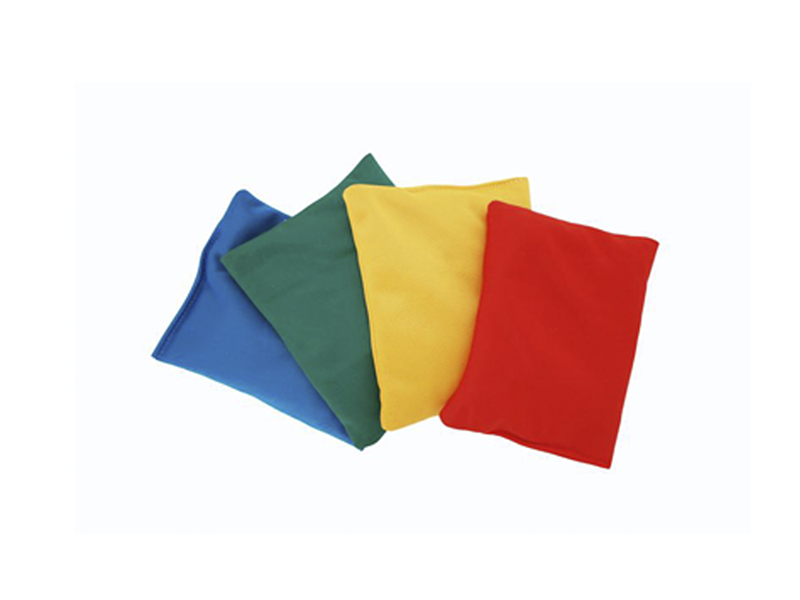CORRECTIVE GYMNASTICS AT SCHOOL - HOW TO ORGANIZE IT AND WHY IS IT WORTH IT?
2023-02-03

Young organisms are extremely susceptible. Any mistakes related to posture, therefore, usually result in serious problems that are difficult to get rid of in adulthood. This is why corrective gymnastics at school is so valuable. Children develop correct habits and can correct defects caused, for example, by sitting at the computer for long periods of time. Learn more about the benefits of corrective gymnastics and how it can be organized.
CORRECTIVE GYMNASTICS - CORRECTION AND PREVENTION OF POSTURAL DEFECTS
The lifestyle of society is, unfortunately, increasingly stationary. Today children spend a great deal of time in front of screens (such as computers and smartphones), which promotes postural defects. However, corrective gymnastics implemented at an early age can help prevent them, as well as correct abnormalities that have already developed. These are exercises consisting of a set of exercises directed at:
• consolidating the habit of maintaining correct posture,
• increasing muscle strength,
• increasing fitness and performance.
Strengthening the muscles responsible for maintaining correct posture, stretching those that are shortened and shortening those that are overstretched are processes that provide visible and lasting results. As a result, children who attend corrective gymnastics are far less likely to have back, joint or flatfoot problems. In addition, the classes provide a necessary dose of exercise for young people and help encourage regular exercise.
PHYSICAL ACTIVITY VS. CORRECTIVE GYMNASTICS
Simply avoiding physical activity at a young age can have very serious consequences. This is because sports help develop muscles, joints and bones and stimulate the heart, lungs and nervous system. Regular physical activity determines proper development, and also affects well-being. This is because endorphins called happiness hormones are produced during movement. As a result, exercise improves mood and helps cope with stress. What's more, they help increase mental agility, so they can translate into better academic performance, ability to focus or remember, which will also pay off later in life. They also stimulate natural immunity. In addition, regular exercise helps maintain a healthy body weight, affecting the child's physical and mental health. What's more, it can foster socializing and help you find your way in a peer group.
One way to get regular exercise is corrective gymnastics, which also has a number of other benefits.
CORRECTIVE GYMNASTICS - AN IDEAL ACTIVITY FOR CHILDREN
Corrective gymnastics is considered one of the best activities for young people. It requires only moderate physical exertion and no special abilities. It does not include aggressive competition, which can intimidate some children. It is based on simple exercises and games that provide the necessary movement and help form correct posture and related habits.
Corrective gymnastics at school can be part of physical education classes. Additional classes of this type are also increasingly being organized. With the ability to concentrate only on exercises focused on posture correction, it is extremely effective. Properly managed (variety of exercises and the use of a form of play are key), it can also be greatly enjoyed by children.
CORRECTIVE GYMNASTICS - HOW TO ORGANIZE IT?
A corrective gymnastics programme should include a range of exercises and movement games. They help correct such problems as:
• lateral curvature of the spine,
• flat or round back,
• flatfeet,
• bowed or bent knees.
They are usually performed both using only one's own body weight and with a variety of instruments. A very important part of the corrective gymnastics program are movement games that encourage children to be active and participate in activities. These may include, but are not limited to:
• rolling the ball with the head in pairs,
• traditional tag game, in which you can prevent getting caught by adopting the correct posture,
• collecting pieces of newspaper, gymnastic bags or other small objects scattered around the room with feet,
• walking around the room with knees raised high and feet bent to the maximum - so-called cranes.
In addition, exercises with gym balls, light weights or ribbons are recommended. The equipment in the corrective gymnastics room should also include mattresses and gymnastic ladders. Sometimes skipping ropes, ringo, hula-hoops, rehabilitation blocks and many other devices are also used. The teacher's task is to conduct classes in such a way that they are not only effective, but also enjoyable. This will make beneficial habits easier to establish.






